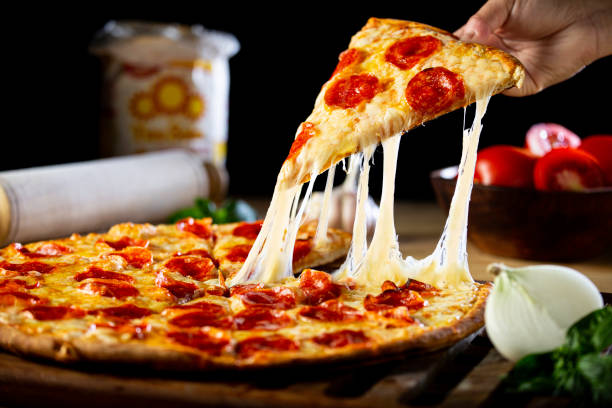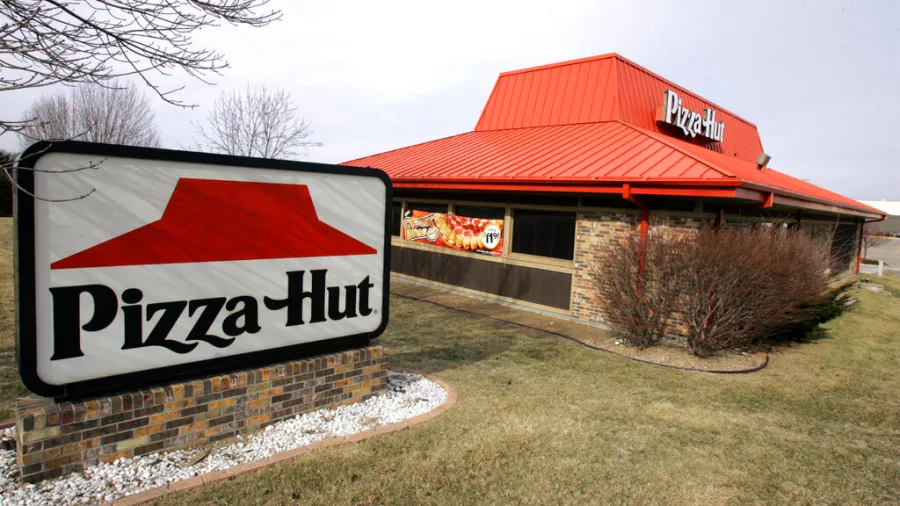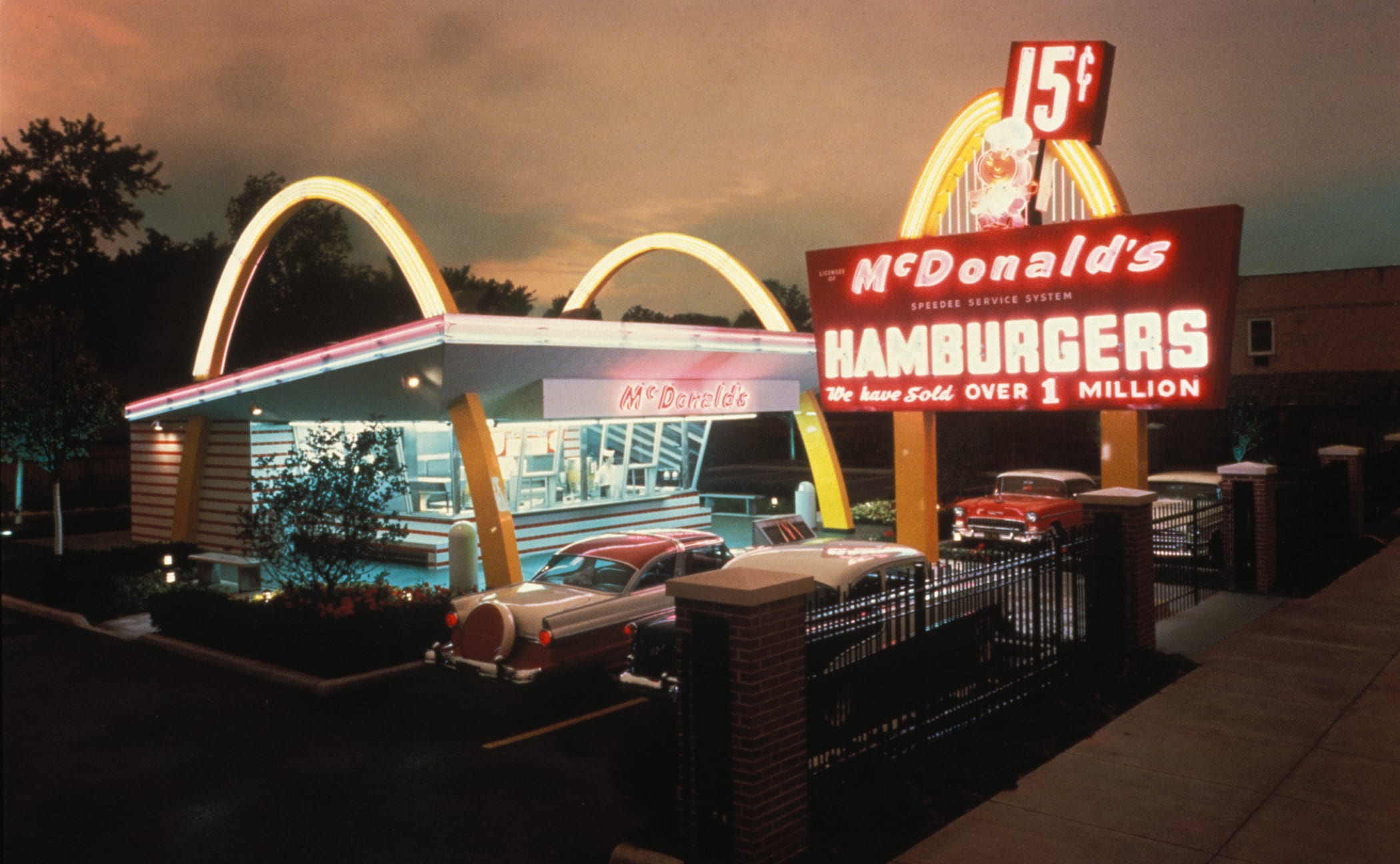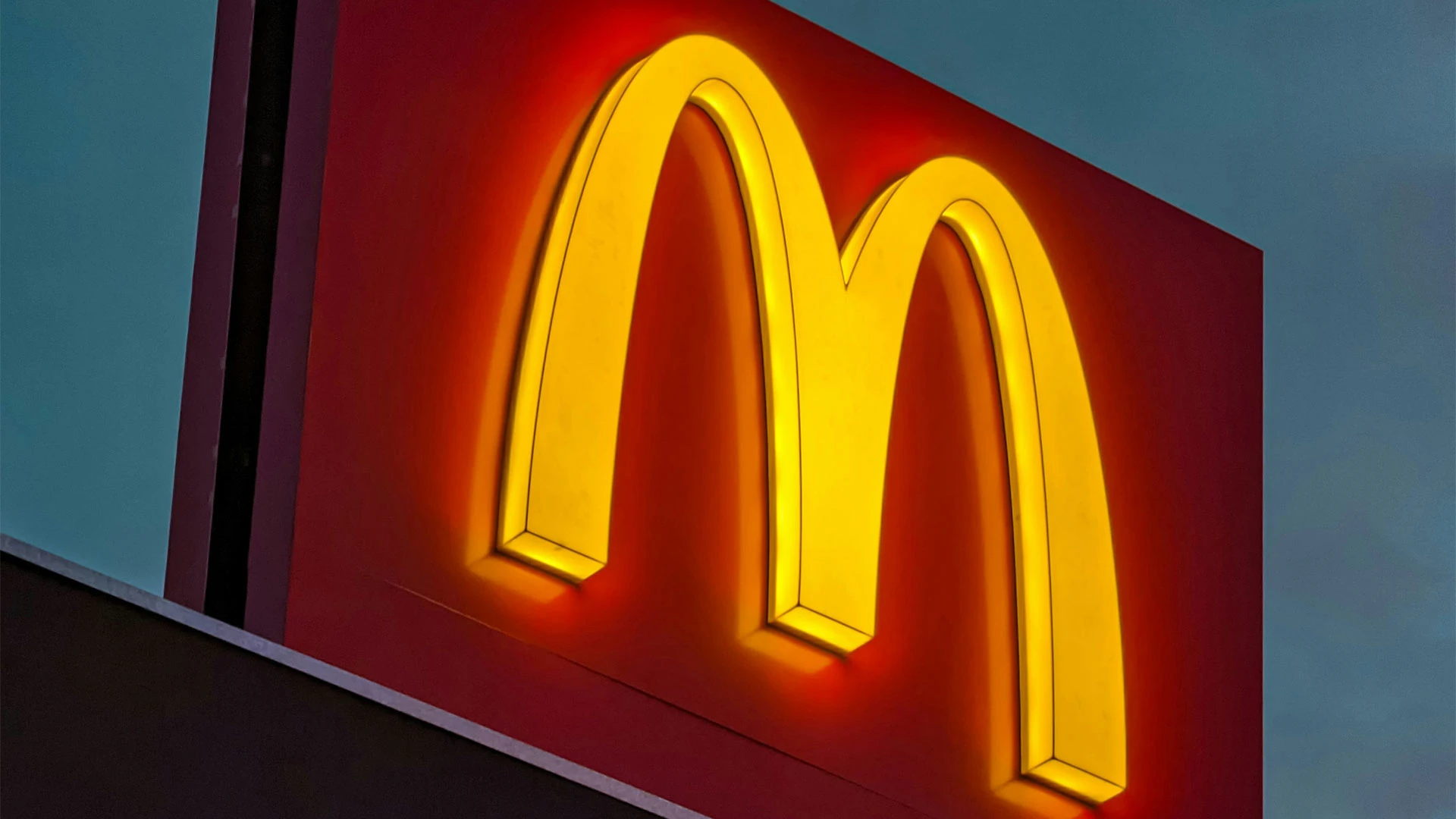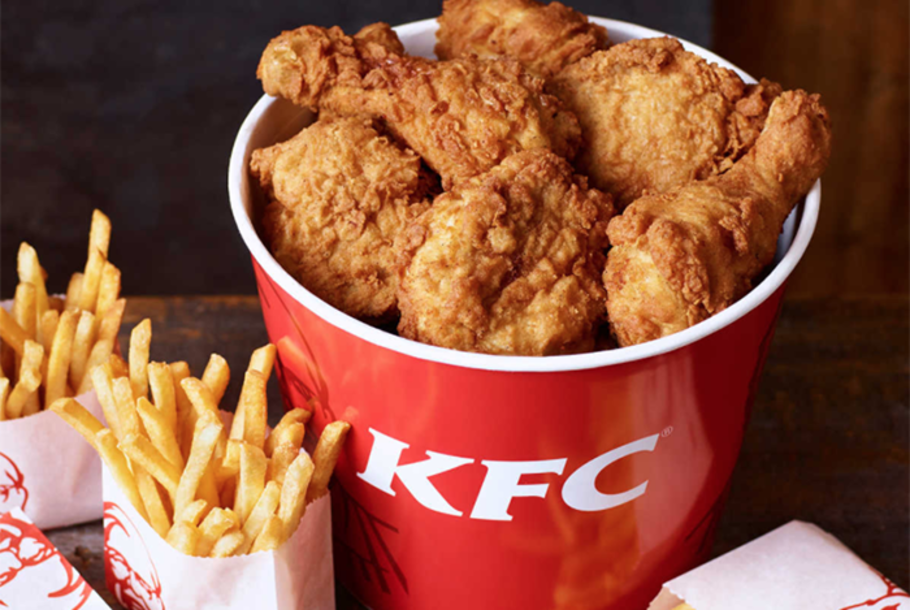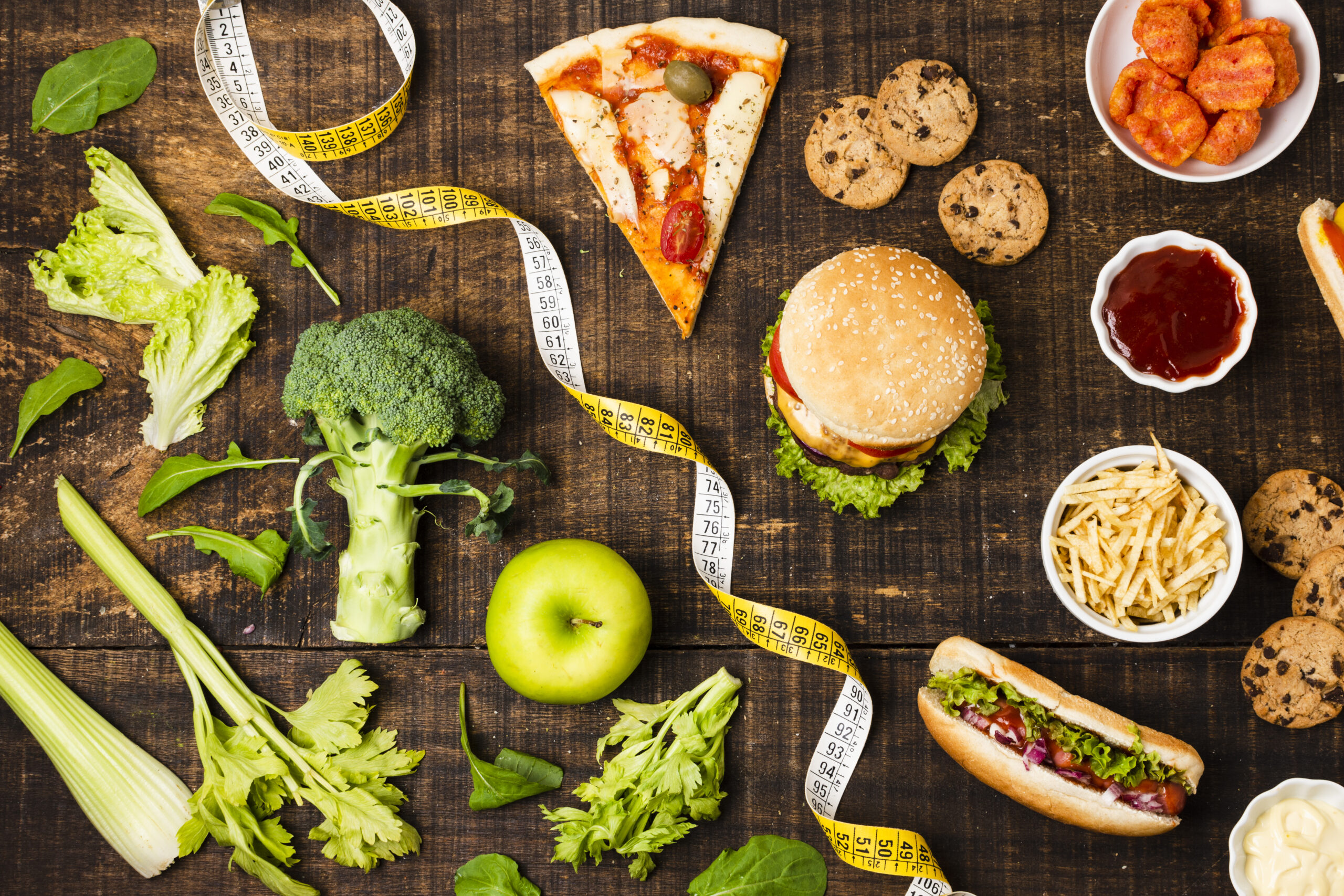Oldest Fast Food Chains in the World: A Historical Overview, Insights, and More!
While the concept of “fast food” has been present in various cultures for many years, the modern interpretation emerged in the United States during the early 1900s. These pioneering fast food establishments were among the first to emphasize consistency across their franchises, ensuring that customers could anticipate the same level of quality at any outlet. Interestingly, many of these chains were also the first to introduce innovations such as two-way intercom ordering systems. Continue reading to discover more about these international giants.
Oldest Fast Food Chains in The World:
White Castle
A&W
Dairy Queen
Waffle House
Pizza Hut
IHOP
Domino’s
What Is the Oldest Fast Food Restaurant?
Many experts concur that White Castle, an American chain that began in 1916 as a series of food stands in Wichita, Kansas, and was officially founded in 1921, holds the title of the first fast food restaurant.
A&W
Founded on June 20, 1919, by Roy W. Allen and Frank Wright, A&W originated when Allen acquired a root beer recipe from a pharmacy and decided to market it. The business began franchising in 1925, leading to the establishment of over 1,100 locations, with its headquarters situated in Lexington, Kentucky.
The inaugural A&W stand, which sold root beer, was opened by Roy W. Allen in Lodi, California, on June 20, 1919. The stand gained immense popularity during a city-wide celebration for the return of local World War I veterans on a sweltering July day.
Two years after the success of Allen’s root beer stands, he partnered with former employee Frank Wright to expand the business. It was during this collaboration that they coined the name A&W, derived from their initials.
As their business thrived, Allen and Wright began offering A&W franchises in 1925, allowing A&W to claim the title of the longest-running fast food franchise globally.
Over the years, A&W expanded its menu to include classic fast food items such as burgers, hot dogs, and cheese curds.
The first A&W restaurant to open outside the United States was established in 1956 in Winnipeg, Manitoba, Canada. Today, this renowned chain can be found in various locations worldwide.
White Castle
Founded by Billy Ingram and Walter Anderson on September 13, 1921, White Castle began as a root beer stand. Unlike many franchises, all White Castle locations are owned by the parent company, which is headquartered in Columbus, Ohio.
Anderson had experience in managing burger establishments. However, when he and Ingram launched White Castle, American attitudes towards food were different; burgers were often viewed as unhealthy and unappealing by many. Anderson and Ingram faced the challenge of changing this perception.
Dairy Queen
In 1940, the first Dairy Queen was opened in Joliet, Illinois.
Within just two hours of its inaugural sales, the establishment had already sold over 1,600 servings of ice cream, which contributed to its expansion on a global scale.
Today, Dairy Queen operates in more than 20 countries, including the United States and Canada, among others.
Initially, the menu featured only soft-serve ice cream and related snacks. While burgers and sandwiches were the primary offerings, the menu has since expanded to include chicken fingers, salads, and various side dishes.
Waffle House
The original Waffle House was founded in Avondale Estates, Georgia, in 1955.
The concept was to create a sit-down restaurant that could serve meals as quickly as fast-food establishments while remaining open 24 hours a day.
Although most Waffle House locations are still in Georgia, the chain has expanded to 24 additional states.
Waffle House is known for serving breakfast at any hour, but it also offers burgers, sandwiches, hearty meat dishes, and desserts like pies.
Pizza Hut
In 1958, two brothers in Wichita, Kansas, borrowed $600 from their mother to launch the first Pizza Hut.
In addition to its presence in all 52 U.S. states and three territories, Pizza Hut has expanded to operate in 100 countries worldwide.
While pizza is the cornerstone of Pizza Hut’s menu, the company has branched out to include items such as spaghetti, chicken wings, and desserts like Cinnabon cinnamon rolls.
What distinguishes Pizza Hut’s pizza is its crust, particularly the individual pan pizzas, which are known for their light, yeasty, and buttery qualities.
However, many loyal customers expressed disappointment over a change made to the original pan pizza recipe in 2019, although the updated version is still considered quite enjoyable.
IHOP
The inaugural IHOP restaurant opened its doors in 1958 in Los Angeles, California.
Similar to other 24-hour fast-food establishments, IHOP caters to customers late at night when most other dining options are closed. IHOP locations can be found across all 50 states in the United States and in 10 additional countries.

